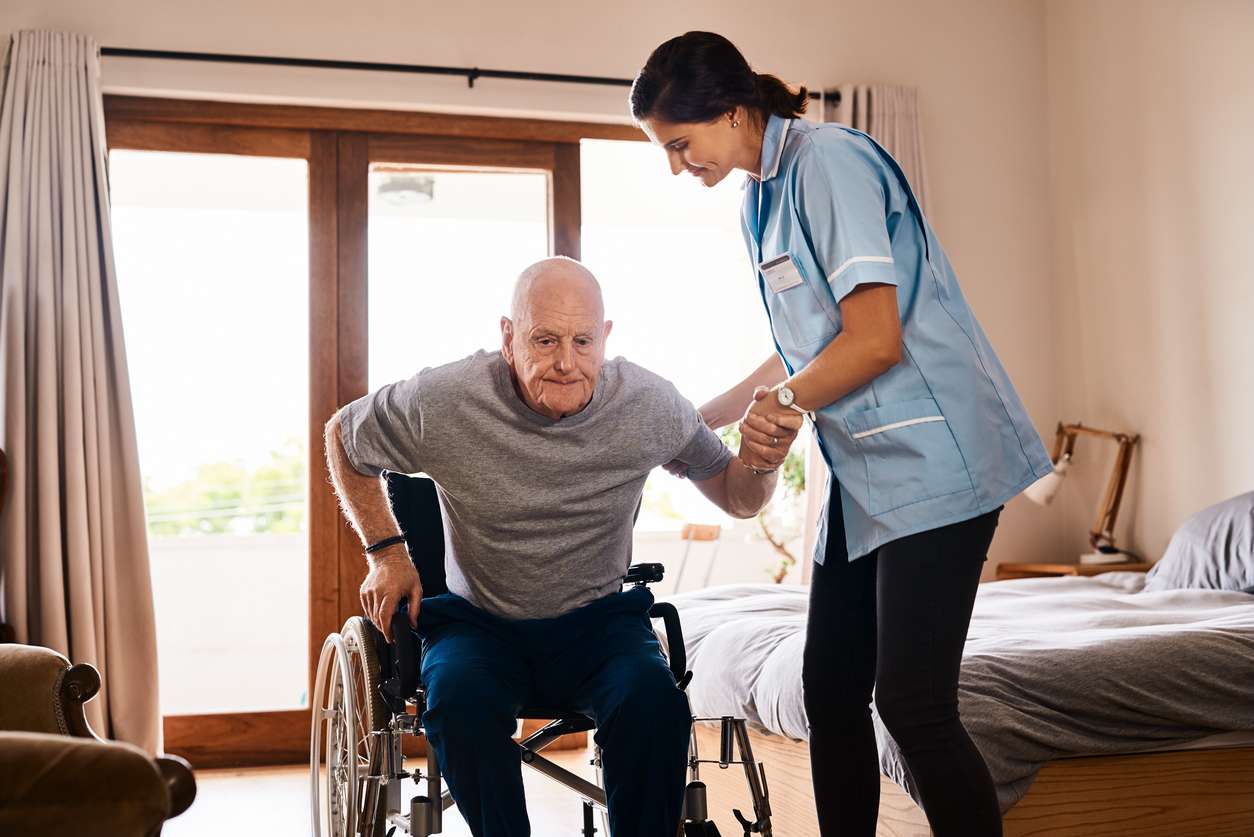Preparing the home: accessibility and safety updates before and after a move
Preparing a home for an older adult involves practical safety measures, accessible design, and coordinated logistics for both moving in and moving out. This overview highlights accessibility updates, caregiving considerations, and steps to manage medications, transportation, and healthcare during relocation and transition.

Updating a living space for accessibility and safety benefits both the person moving and anyone providing support during relocation. Before a move, prioritize basic hazard reduction like improved lighting, non-slip flooring, and clear pathways; after a move, reassess how the new layout affects daily routines, medications storage, and emergency access. Coordinating with family, local services, and healthcare providers helps ensure that guardianship, transportation, and caregiving needs are addressed throughout the transition.
This article is for informational purposes only and should not be considered medical advice. Please consult a qualified healthcare professional for personalized guidance and treatment.
Accessibility updates for mobility
Start with an accessibility audit that focuses on mobility: doorway widths, thresholds, and the arrangement of furniture. Simple updates such as lever-style door handles, lowered light switches, and removal of rugs can make a big difference in fall prevention. For stairways, consider installing a handrail on both sides or evaluating a stair lift if ascending stairs is a recurring barrier. Involving an occupational therapist or a local services assessor can provide tailored recommendations tied to eldercare needs and long-term mobility goals.
Relocation and logistics planning
Relocation requires a logistics checklist that combines transportation, timing, and support personnel. Schedule transportation that accommodates mobility devices and permits safe loading and unloading. Communicate with movers about fragile items and important healthcare documents, and plan stops for medications or rest if the journey is long. Include a plan for immediate post-move needs—who will be present for the first 48 hours to help with setup, caregiving tasks, and quick access to healthcare records during the transition?
Downsizing while supporting eldercare
Downsizing decisions should reflect daily living requirements and caregiving realities. Prioritize retaining items that aid independence—medical equipment, assistive devices, and clearly labeled medication organizers—while reducing furniture that obstructs walkways. Document and transfer important healthcare paperwork, guardianship documentation, and contact lists. Encourage involvement from the older adult where possible to respect preferences, and coordinate with social services or family members to handle donations, storage, or sale of unneeded items.
Mobility aids and home layout
Select mobility aids that match the environment: walkers that fit through intended doorways, ramps with proper slope ratios for entrances, and bathroom aids sized for the available space. Reconfigure rooms so frequently used items are on reachable shelves and clear lines of sight reduce tripping hazards. Plan lighting for day and night use, including motion-activated lights in hallways and near bathrooms. Evaluate transportation access from the home—curb cuts, driveway slope, and proximity to public or arranged transit providers impact ongoing mobility.
Caregiving needs during transition
Caregiving during a move often requires temporary schedules and clear role assignments. Identify who will manage medications, who will coordinate healthcare appointments, and who holds legal responsibilities under any guardianship arrangements. Create an accessible caregiving binder with medication lists, primary care and specialist contacts, allergy and hospitalization history, and instructions for daily routines. This central reference helps both family caregivers and hired help maintain continuity of care through the stress of relocation and settling in.
Managing medications and transportation
Medication management is essential before, during, and after a move. Consolidate prescriptions, verify refill timing, and prepare clearly labeled pill organizers or blister packs for travel. Ensure transportation plans account for temperature-sensitive medications and have contingency access to pharmacies in the new area. Share medication lists with healthcare providers at both origin and destination to avoid interruptions in prescriptions, and confirm transfer of electronic health records when possible to support ongoing healthcare coordination.
A well-planned approach to accessibility and safety updates reduces risk and supports independence through relocation and transition. By combining practical home modifications, careful logistics, and clear caregiving arrangements—including medication oversight and healthcare coordination—you can create an environment that responds to mobility needs and legal or guardianship responsibilities. Regular reassessment after the move ensures updates remain effective as needs evolve.






